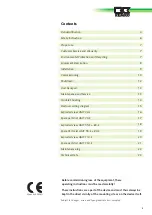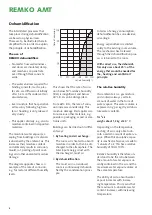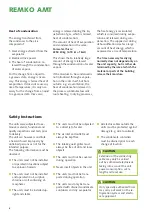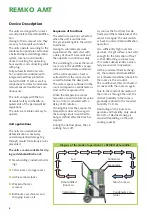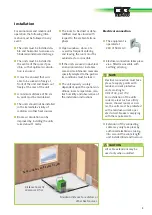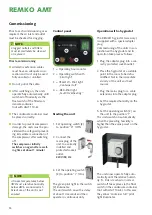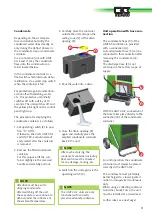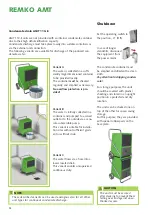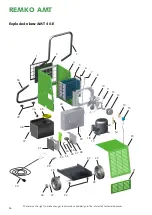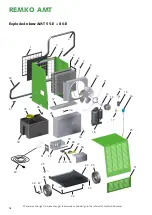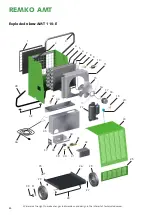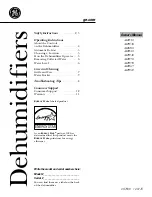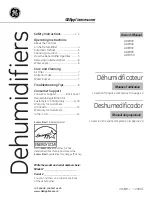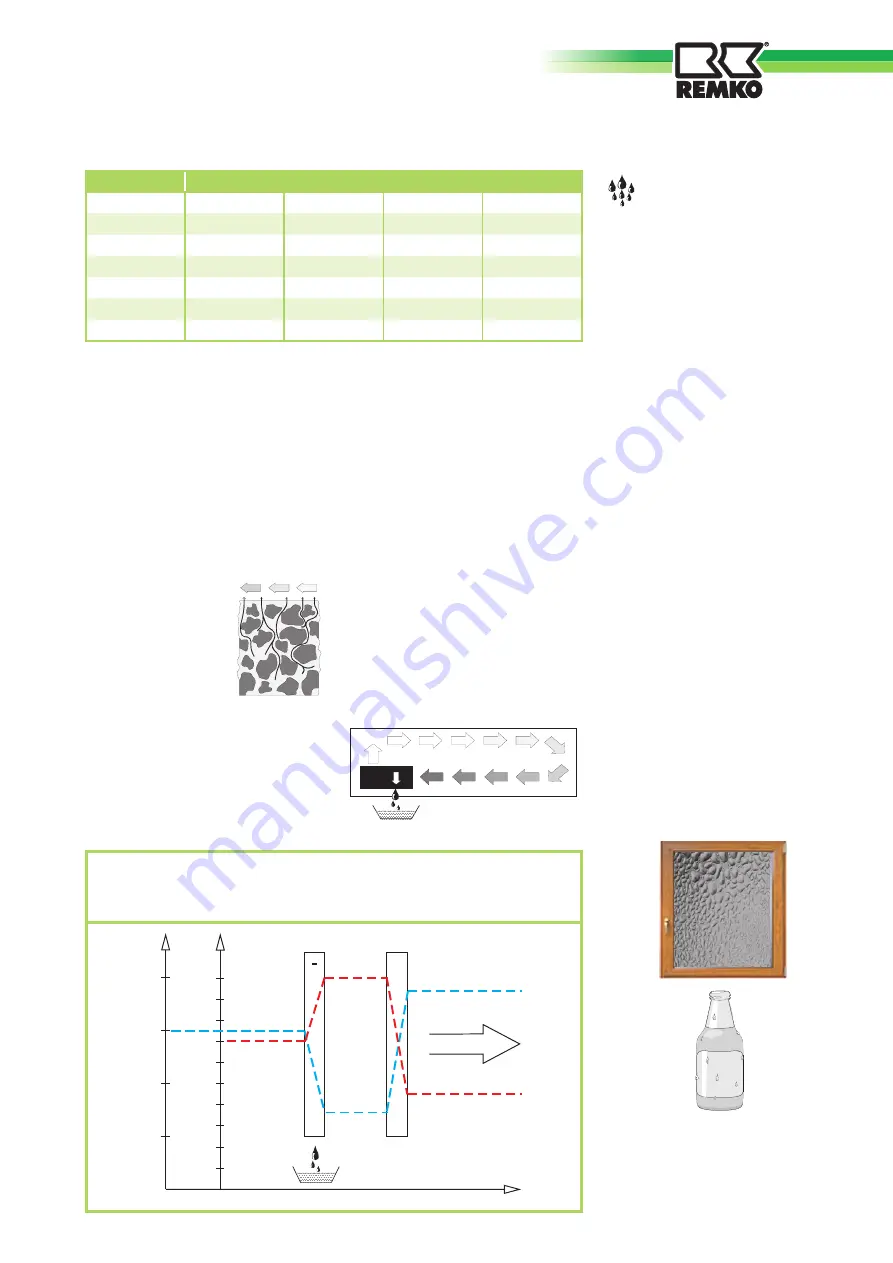
The condensation of
water vapour
Since the maximum water vapour
volume increases when the air is
heated, the contained water va-
pour volume remains the same
however, this results in a reduction
of the relative humidity.
In contrast, when the air is cooled,
the capacity to absorb the maxi-
mum water vapour volume reduc-
es, the water vapour volume con-
tained in the air remains the same
and the relative humidity increases.
If the temperature falls further, the
capacity to absorb the maximum
water vapour volume is reduced
until it is equal to the contained
water vapour volume.
This temperature is called the dew-
point temperature. When the air
is cooled below the dew-point
temperature, the contained water
vapour volume is larger than the
maximum water vapour volume.
Water vapour is released.
This condenses to water. The air is
relieved of moisture.
Examples of condensing are misted
windows in winter or misting of a
cold drinks bottle.
The higher the relative humidity,
the higher the dew-point tempera-
ture, which is easier to fall below.
Building material and structures
can absorb considerable amounts
of water, e.g. bricks 90-190 l/m³,
heavy concrete 140-190 l/m³,
sand-lime bricks 180-270 l/m³.
The drying of moist materials, e.g.
masonry, takes place as follows:
■
The contained
moisture
moves from
within the
material to
its surface
■
Evaporation takes place on the
surface = change to water va-
pour in the ambient air
Temp.
Water vapour content in g/m
at a humidity of
°C
40%
60%
80%
100%
-5
1,3
1,9
2,6
3,3
+10
3,8
5,6
7,5
9,4
+15
5,1
7,7
10,2
12,8
+20
6,9
10,4
13,8
17,3
+25
9,2
13,8
18,4
23,0
+30
12,9
18,2
24,3
30,3
■
The air enriched with water va-
pour continuously circulates the
REMKO dehumidifier. It is de-
humidified and leaves the unit
at a slightly higher temperature
to absorb water vapour from
anew.
■
In this way, the moisture con-
tained in the material is gradu-
ally reduced
The material dries!
The produced condensate is col-
lected in the unit and discharged
°C
30
25
20
15
%r.F.
100
90
80
70
60
50
40
30
20
10
+
+
-
The air flow is cooled on its way through or via the evaporator to
below the dew point. The water vapour condenses and is collected
in a condensate trap and discharged.
Drying materials
Evaporator Condenser
air-temperature
humidity
air direktion
time
5



